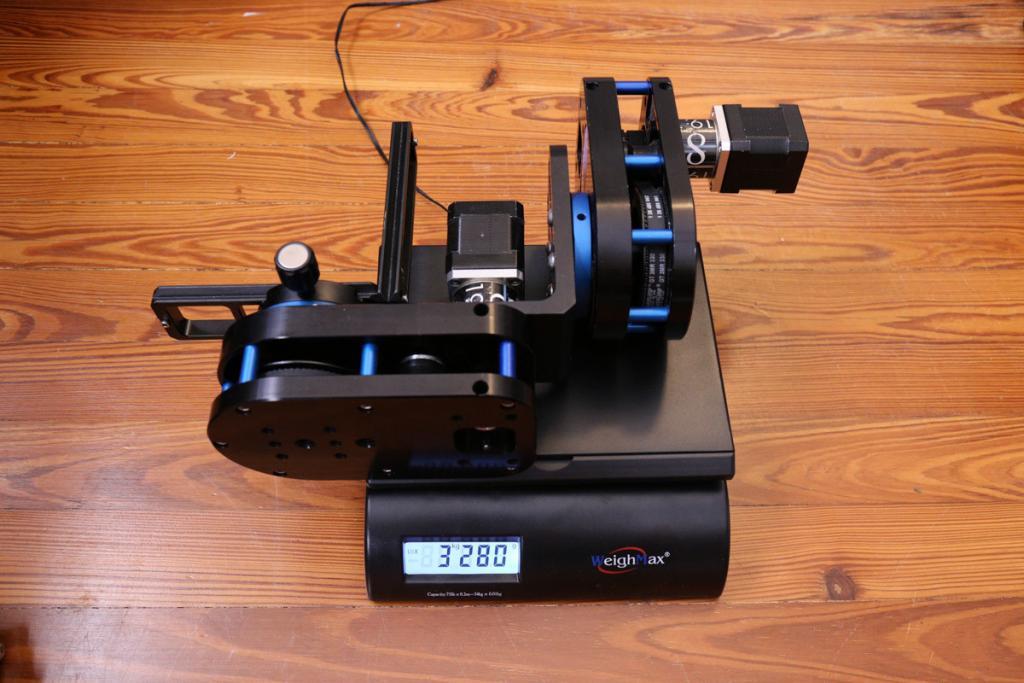- 24SHARES
- Facebook11
- Twitter12
- LinkedIn0
- Reddit0
- Pinterest1
- Digg0
Professional photographer Oliver KMIA, specialized in aerial videography, time-lapse and hyper-lapse video productions reviews his Dynamic Perception Sapphire Pro Pan and Tilt head, and shares his thoughts with us.
Introduction
Last year I published a review of Dynamic Perception’ Stage One slider and Stage R pan and tilt system.
Late 2016, the Michigan based company specialized in motorized gears for photo and video production released a new pan & tilt head called Sapphire Pro.
I was among the first one to purchase the new Sapphire Pro.
After 6 months of use, here is a quick personal review about the timelapse capabilities of the Sapphire Pro.
What is the Sapphire Pro?
The Sapphire Pro is a two axis (pan and tilt) motorized head designed to move a camera for video or photography work (timelapse, pano, etc).
Like most Dynamic Perception’s products, the Sapphire Pro is controlled and powered by the digital NMX Pro controller.
The motion can be programmed in real time via an Android or IOS App or with the help of a PlayStation gamepad.
The user can also program very accurate repeatable or long timelapse motion with the NMX motion App.
Please check my previous review regarding the details of the NMX controller and App.
The Sapphire Pro can be mounted to a tripod using the standard 1/4-20 and 3/8-16 threads. The base of the device can be directly attached to a small arca-compatible (dovetail) mount system.
What’s in the Box?
The Sapphire Pro comes with the main head, a large L bracket to attach the camera, and a special Sapphire cart buddy (this item was added later, I didn’t receive it). Everything comes in a semi rigid case for transportation.
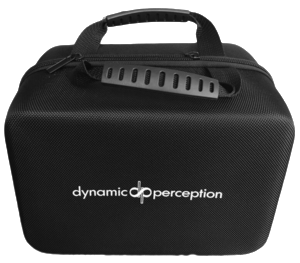
Dynamic Perception Sapphire Pro – the box
Build quality
As always with Dynamic Perception this product is built like a tank.
Manufactured in Michigan following high quality standards there is no cheap plastic here. The construction is mainly metallic with some aluminum.
Does it work?
I mainly use my Sapphire Pro with Canon 5D and Canon 6D bodies and I haven’t tried to push the weight limit (6.8kg / 15 lbs max).
As far as I can tell this system works perfectly for timelapse applications. The motion is smooth and the device is reliable.
After 6 months of use, I haven’t experienced a single issue with my unit. But see by yourself:
Free upgrade to NMX Pro, included!
A few years ago, Dynamic Perception transitioned its sliders from analog to digital.
While the sliders hardware stayed the same, the digital update required new motors (Stepper motors) and a new controller (the NMX).
Later on the company introduced a refreshed version of the NMX digital controller, the NMX Pro.
While the regular NMX and NMX Pro have the same capabilities, the NMX Pro comes with new waterproof connectors and improved casing.
Unfortunately the Sapphire Pro is only compatible with the NMX Pro, however Dynamic Perception offers a free NMX to NMX Pro upgrade to every customer of the Sapphire Pro which was my case.
During check out on the Dynamic Perception website, I simply selected the option “I’ll be mailing in my standard NMX to be retrofitted to an NMX Pro” and sent my “old” NMX controller to the company in Michigan for a free upgrade.
No planned obsolescence or forced upgrade here.
What is the difference with the current Stage R pan & tilt device?
It all comes down to weight, size and usability.
My previous Stage R pan and tilt device was able to perform all the motion I wanted.
The Sapphire Pro doesn’t do it better but the whole system is much smaller and lighter than the Stage R.
It’s also more convenient to use thanks to the all in one package. The Stage R is a modular system that requires some sort of assembly and disassembly to switch from one to two axis.
Even though the steps are not very complex, they requires to add or remove a few screws. Nothing like that with the Sapphire Pro.
Just pull it from your bag, mount it on your tripod, connect the controller and you are ready to go.
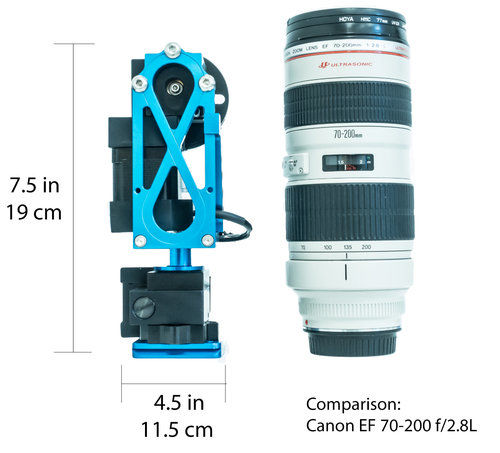
Dynamic Perception Sapphire Pro review – Credits: Dynamic Perception
As I mentioned in my previous review, the weight of the Stage R was the only negative point of the system.
The Sapphire Pro weights 40% less than the Stage R which is very important for my style of shooting. I travel a lot and I often walk over long distances during a project.
The lower weight also has a beneficial impact when installed on a slider. The system is easier to balance, flexes less and requires less support (eg. no middle point monopod).
In its two axis configuration the Stage R weights 3.3 Kg (7.3lbs) while the Sapphire Pro is 1.9 Kg (4.2). See the photo below for a comparison between the Stage R and Sapphire Pro.
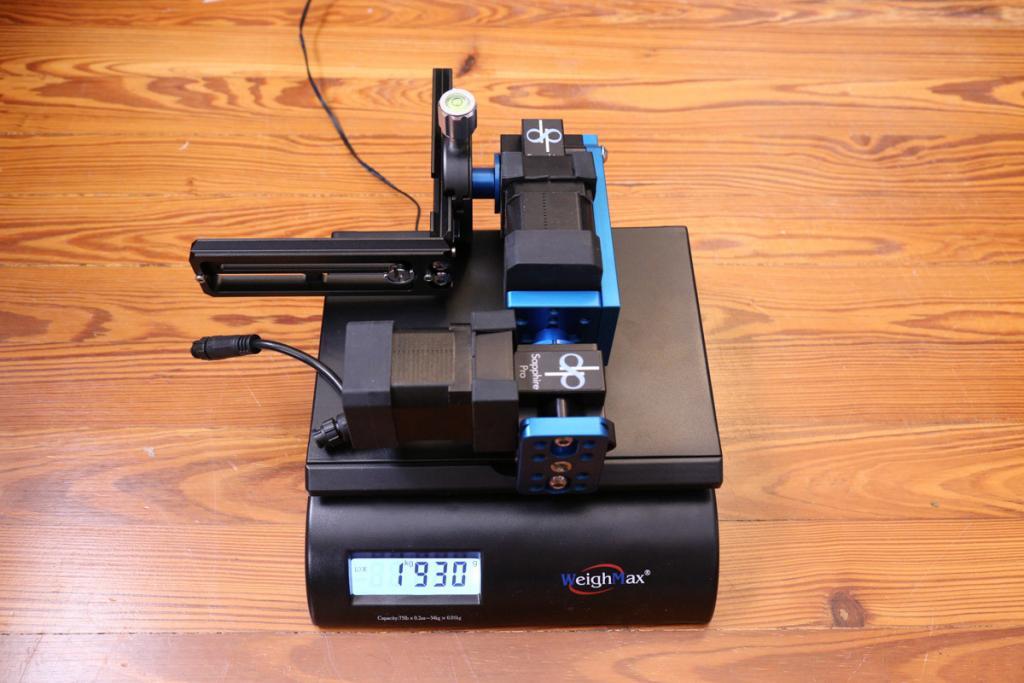
Dynamic Perception Sapphire Pro review – Credits: Oliver Kmia
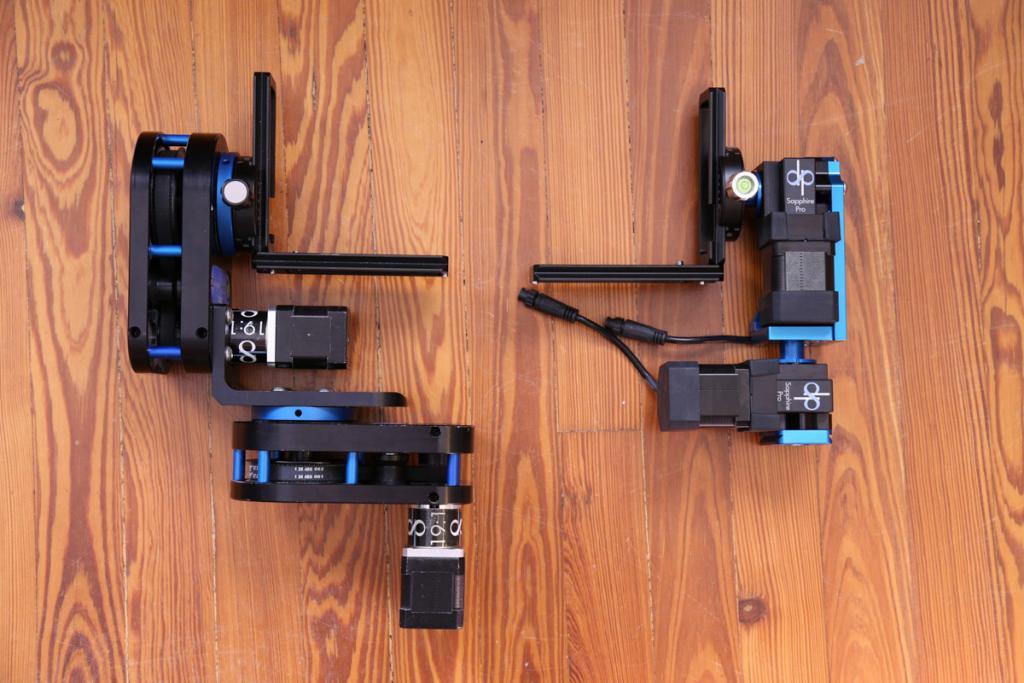
Dynamic Perception Sapphire Pro review – Credits: Oliver Kmia
Another point is worth mentioning: unlike the stage R, the camera on the Sapphire Pro is not mounted directly over the axis of rotation (pan).
Basically the camera is attached on the side of the device and travels over a small arc during rotation. While you will never notice this during regular landscape sequence this may be an important note for macro work.

Dynamic Perception Sapphire Pro review – Credits: Oliver Kmia
Is the Sapphire Pro better than the Stage R? Do I need to upgrade?
Essentially, the Sapphire Pro and Stage R are two different systems for two different use even though they deliver identical results.
- The Stage R is a heavy duty system than can move massive amount of payload at the expense of portability.
- The Sapphire Pro is a more nimble system with reduced payload (6.8kg / 15 lbs max when balanced). Much smaller and lighter than the Stage R, it also doesn’t require any assembly, thus having a faster deployment on the field.
In other word the Stage R is a F-150 truck and the Sapphire Pro is a Mustang convertible.
For my style of shooting, the Sapphire Pro is perfect. Its capacity of 6.8 kg / 15lbs is more than enough for timelapse applications. There is plenty of room to handle large pro bodies and heavy lenses. For instance a Canon 1Dx Mark II with the EF 11-24 f/4 lens doesn’t even reach 3kg / 6.6lbs.
If you are happy with your Stage R, keep it because the Sapphire Pro won’t offer superior performance.
The Stage R can now be found for cheap on the used market thanks to the users who want to upgrade. I actually sold mine to finance my new acquisition.
However the Sapphire Pro makes sense for hardcore timelapsers or first time buyer if you don’t need the herculean payload capability of the Stage R.
You will really enjoy the convenience and portability of the new device: smaller, lighter, easier and faster to setup.
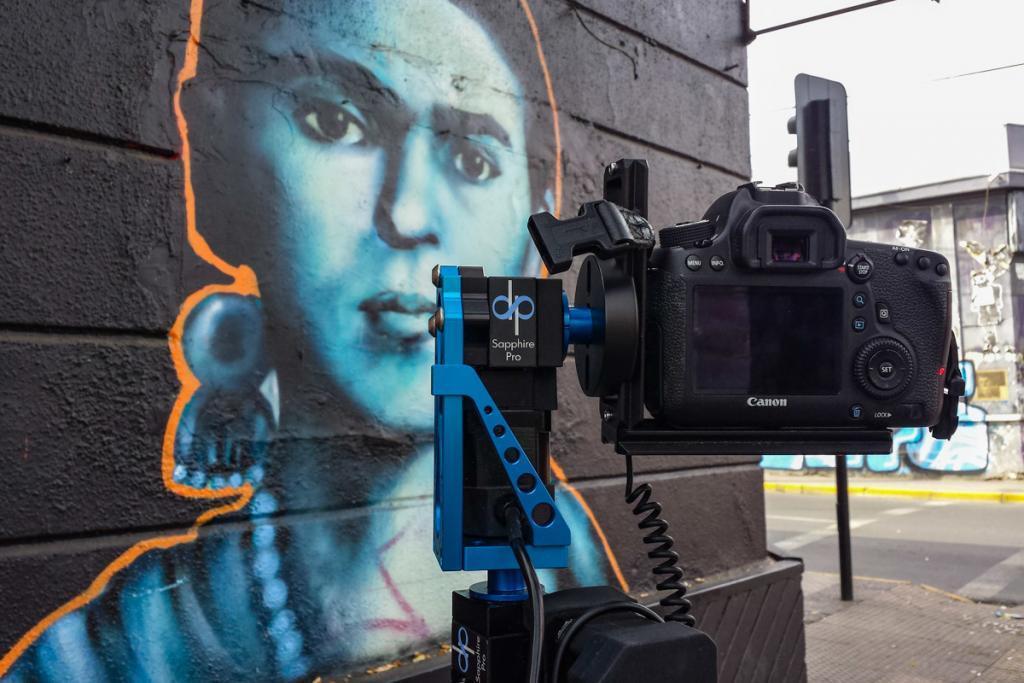
Dynamic Perception Sapphire Pro review – Credits: Oliver Kmia
Conclusion
I haven’t done a full and methodical review of the Sapphire Pro. I didn’t try to load the system with maximum weight or explore the video features.
All I can say, based on my personal experience is that the Sapphire Pro does a great job for timelapse with regular DSLR.
The system is much smaller and lighter than before and faster to setup.
The interface is easy to use and the timelapse sequences come out smooth with the usual Dynamic Perception ‘reliability.
Pricewise the Sapphire Pro costs $1150 which is the price of a nice lens.
Unfortunately I have very little experience with other systems so I can’t do a fair comparison, however the Sapphire is definitely better than the usual cheap and unreliable pan systems that can be found in the $200-$400 range. I wasted enough money with those.
On the other hand, eMotimo also released a new pan/tilt system last year, the Spectrum ST4. I’ve heard good opinions about this system but I haven’t had a change to use it myself.
To conclude I would say that you can’t go wrong with Dynamic Perception. The Sapphire Pro is a solid and reliable piece of equipment, it does the job and the company stands behind its product with great customer support.
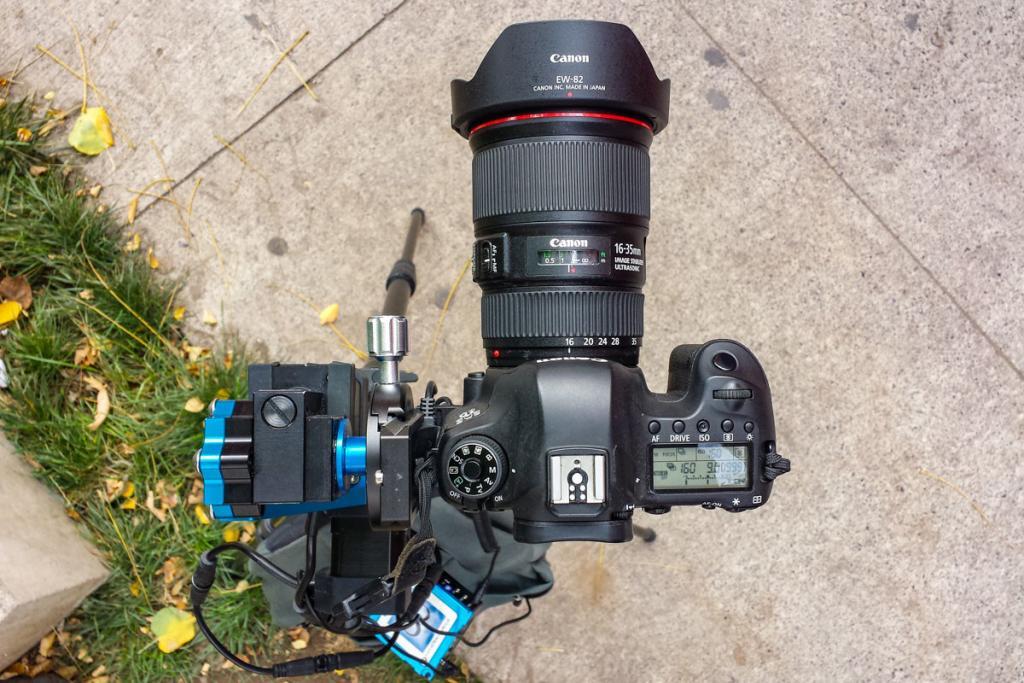
Dynamic Perception Sapphire Pro review – Credits: Oliver Kmia
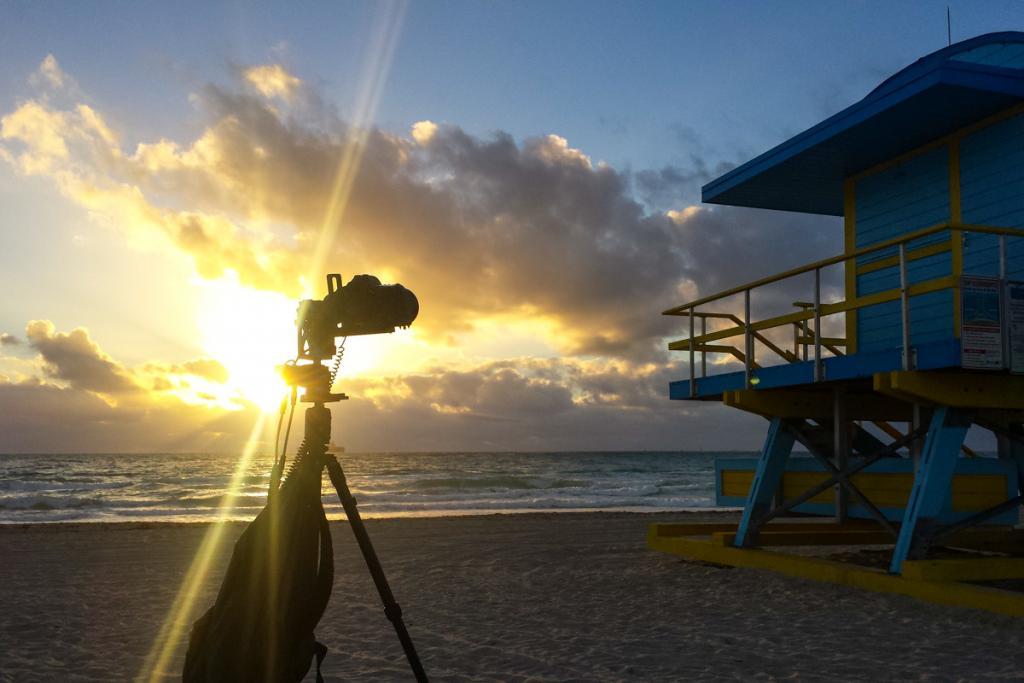
Dynamic Perception Sapphire Pro review – Credits: Oliver Kmia
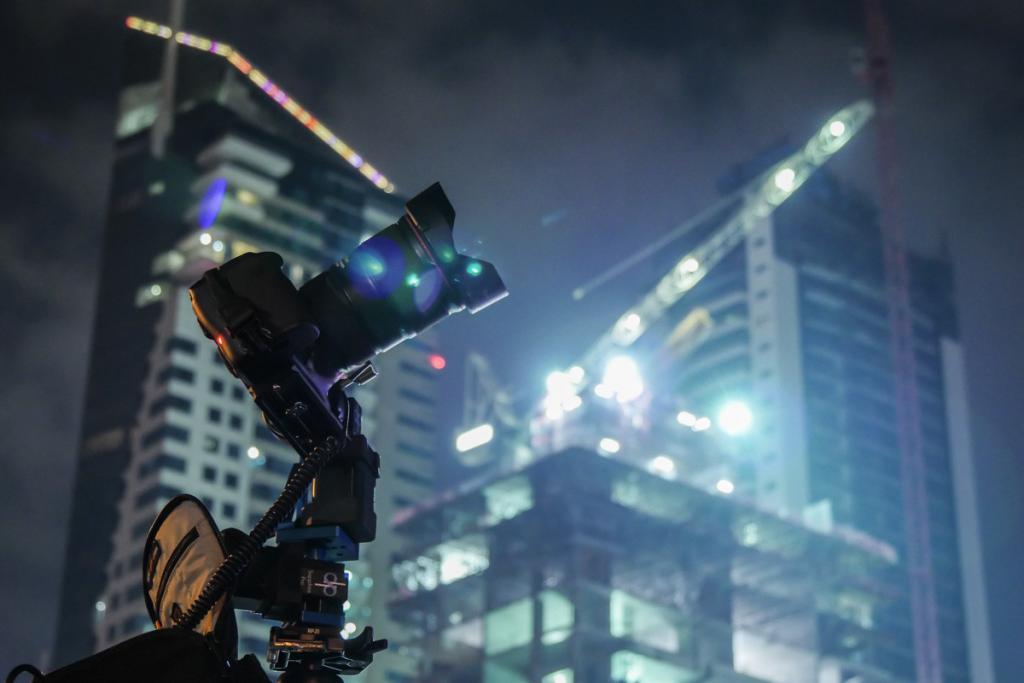
Dynamic Perception Sapphire Pro review – Credits: AUFMSCHLAU.CH
Disclaimer
Oliver Kmia has no affiliation or special relation with Dynamic Perception. He’s purchased the Sapphire full price like any regular customer.
Time Lapse Network has affiliate partnerships with several vendors, Dynamic Perception included, so we may get a share of the revenue from your purchase.


